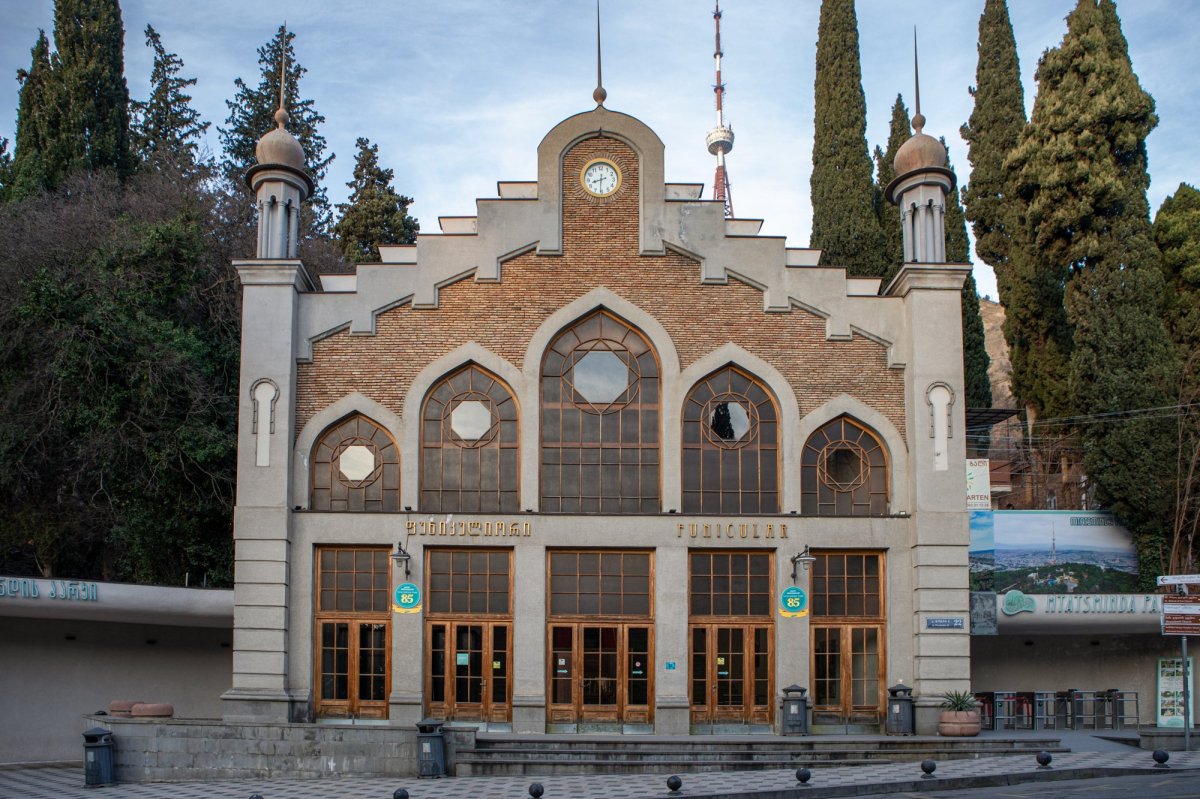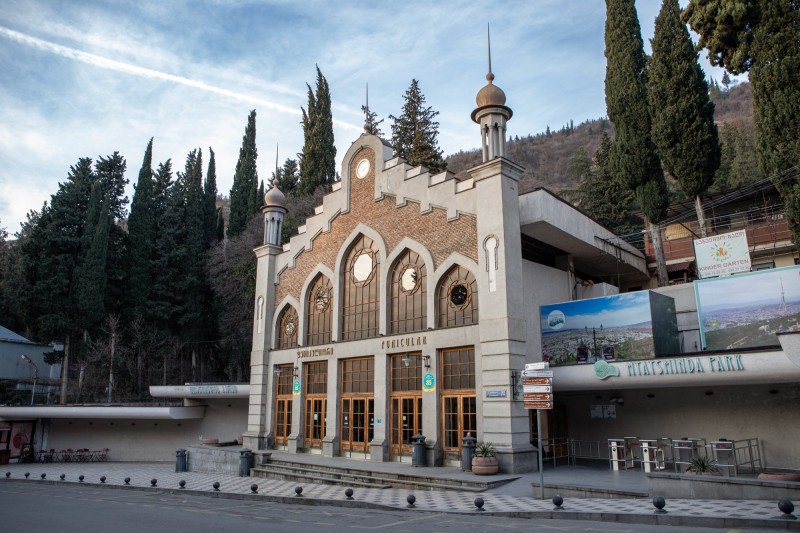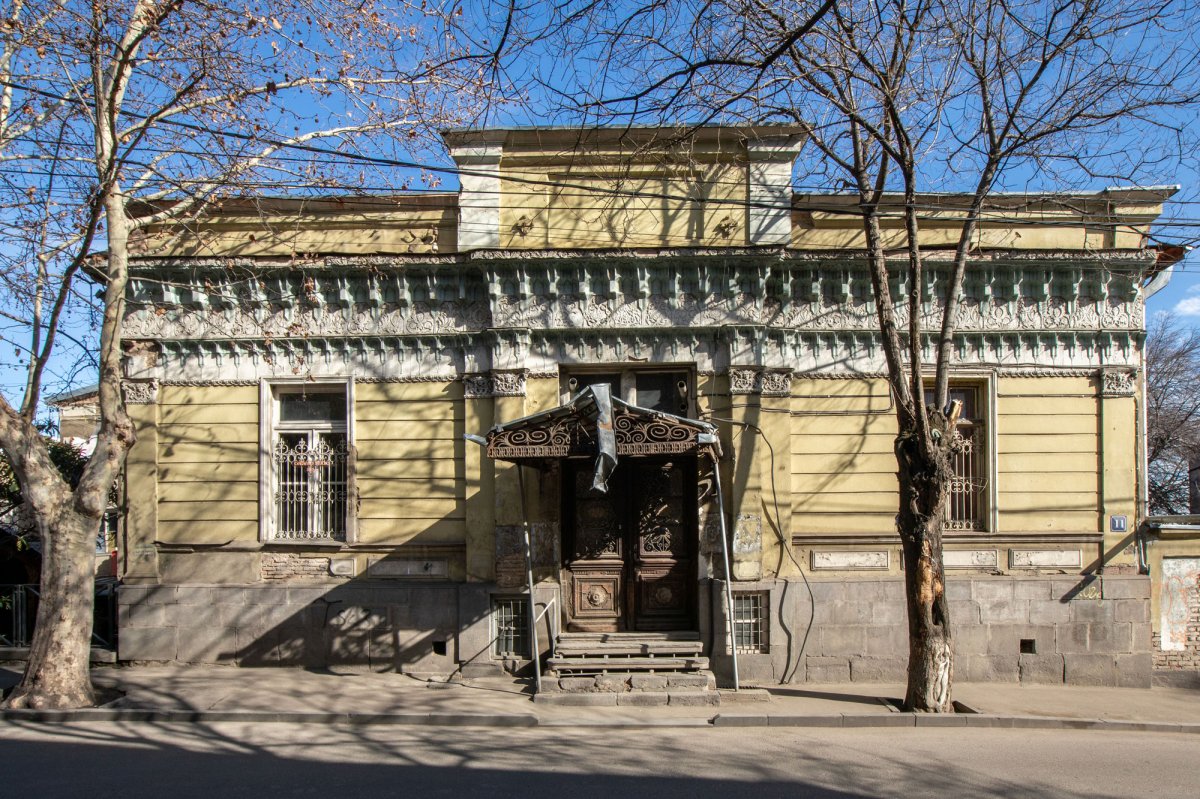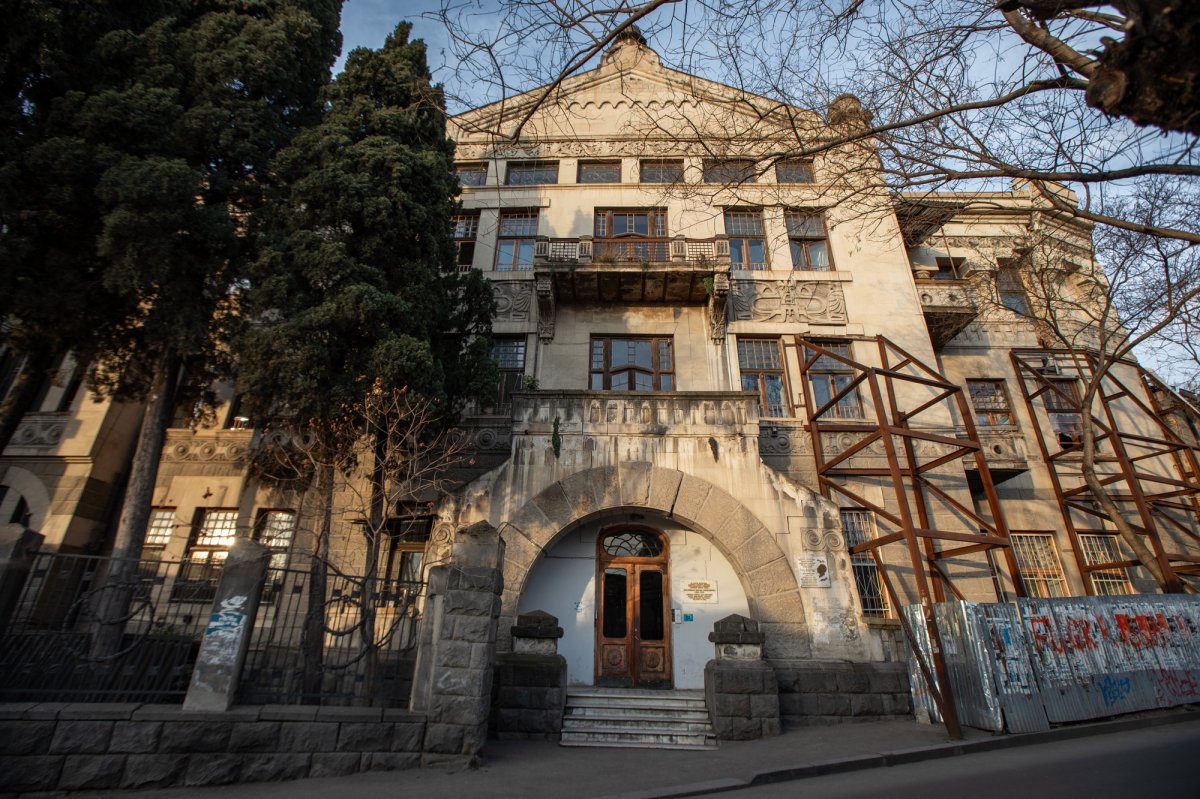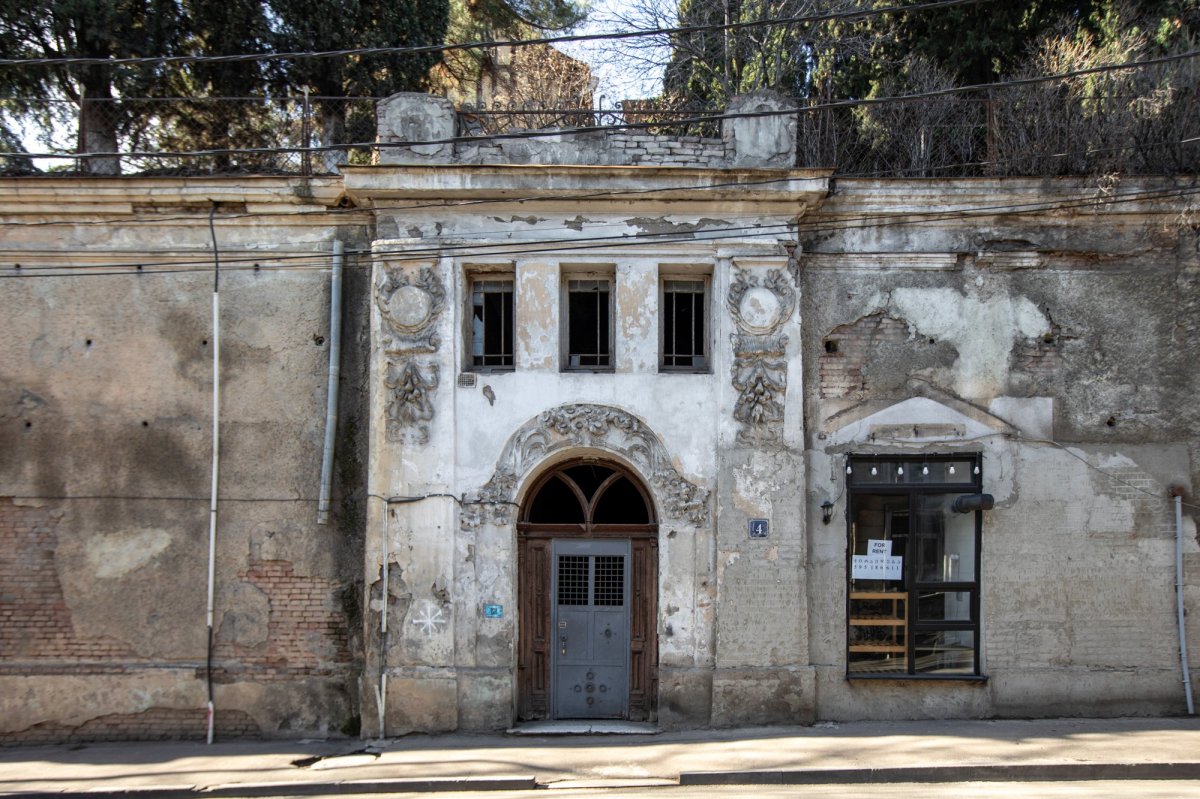
Information in details
Tbilisi Funicular is one of the largest and most beautiful structures among the world's mountain cableways. The length of the road is 501 m, the angle of inclination of the track is 28-33°, and the distance between the rails is 0.98 m. The carriage can accommodate 50 people. The diameter of the steel rope is 33 mm. In the middle of the road, there is a special platform of 70 m length, where the wagons pass each other. From here, passengers connect to Mtatsminda Pantheon. The height of the upper station of the funicular is 727 m above sea level, the lower station is 460 m, and the difference in level between the stations is 267 m. Tbilisi Funicular has a long history, which was connected with the city's development plan. In the 1900s, the so-called idea of planting Upper Tbilisi. According to the plan, "Upper Tbilisi" was to be built on the plateau of Mtatsminda. The "Zeda Tbilisi" development plan and street network were developed. The main problem was transport communication with "Lower Tbilisi". The way to solve this problem was presented by the Belgian company that owned the Tbilisi tram network. On the initiative of the Belgian engineer Alphonse Robb, the new district was to be connected to the old town by a mountain tram - funicular. In July 1900, the self-government of the city signed an agreement on the construction of a funicular railway in Tbilisi and approved Robi's project. The agreement provided for the following: transfer of the funicular road to the self-government after the completion of construction, free travel of children under 5, mail carriers, and police-gendarmerie. An anonymous Belgian society would operate the funicular for 45 years, after which it would be handed over to the city free of charge. The contract also envisaged the construction of an electric railway between Mtatsminda and Kojori.
The construction of the funicular began in September 1903, foreign specialists participated in its construction. The construction project was prepared by the French engineer A. Blanche, the architectural part was designed by Tbilisi architect A. Shimkevich. The construction of the road was led by Belgian and Italian engineers I. Ragoler and A. Fontana-Rossi. Niko Nikoladze made a great contribution to the construction of the funicular, on whose initiative the reinforced concrete works for the overpass were completed in a short time.
The funicular was opened on March 27, 1905. In order to encourage first-time walkers, the owner of the funicular, the Belgian anonymous society, announced a rather substantial amount of money for those who boarded and disembarked the carriage on Mtatsminda.
The first reconstruction of the funicular was carried out in 1936-1938, a new one was built in place of the old upper station (authors and architects: Z. and N. Kurdiani, co-author A. Valabuev), the second in 1968-1969, this time a new building was built instead of the old lower station, carriage bodies were changed and the access area to the funicular has been expanded.
Tbilisi Funicular is the most important recreational space of today's city.


 თბილისი, Daniel Chonkadze Street მთაწმინდის პლატოზე ასასვლელი სალიანდაგო გზის ქვედა სადგური
თბილისი, Daniel Chonkadze Street მთაწმინდის პლატოზე ასასვლელი სალიანდაგო გზის ქვედა სადგური
 41.6952453, 44.7918488
41.6952453, 44.7918488

